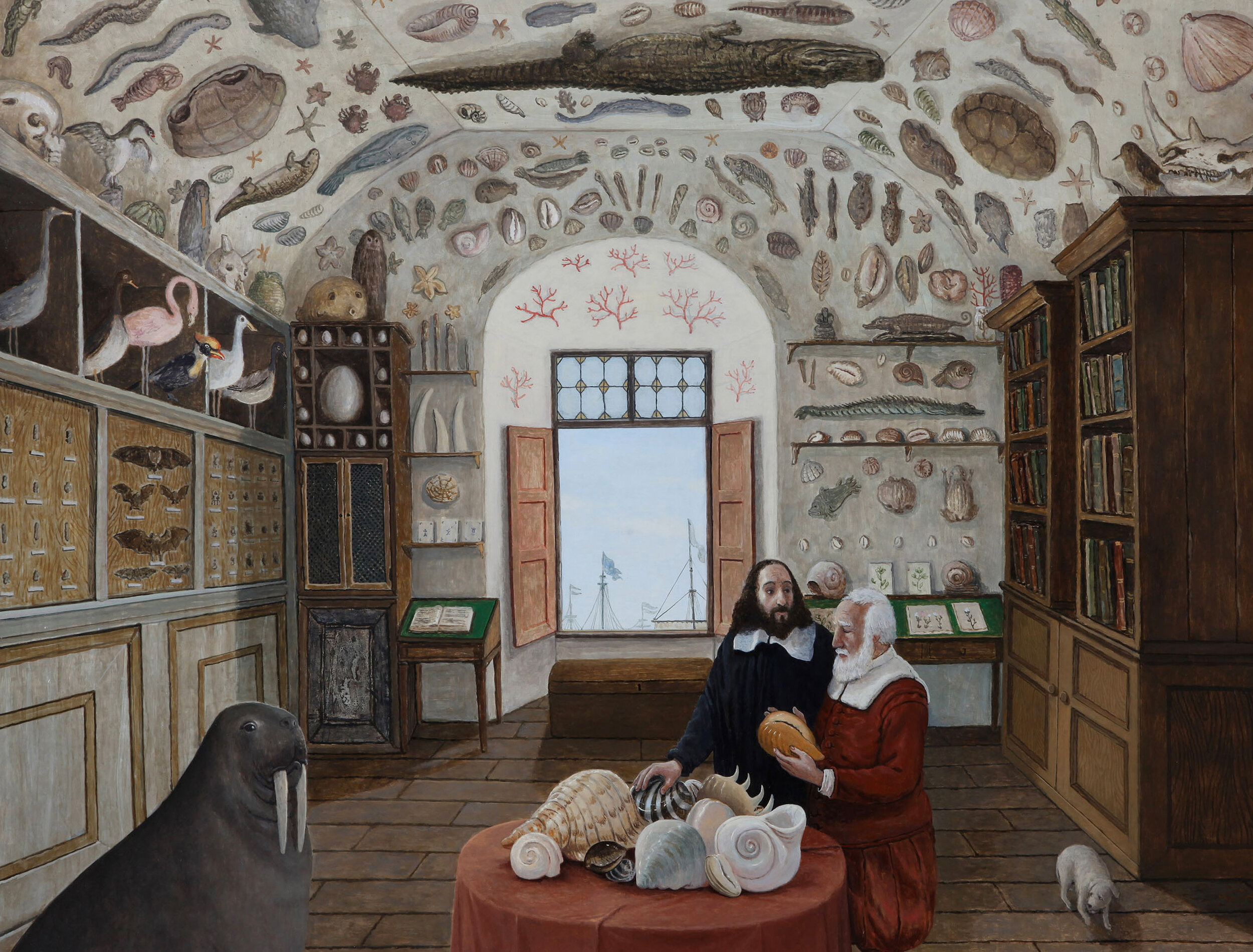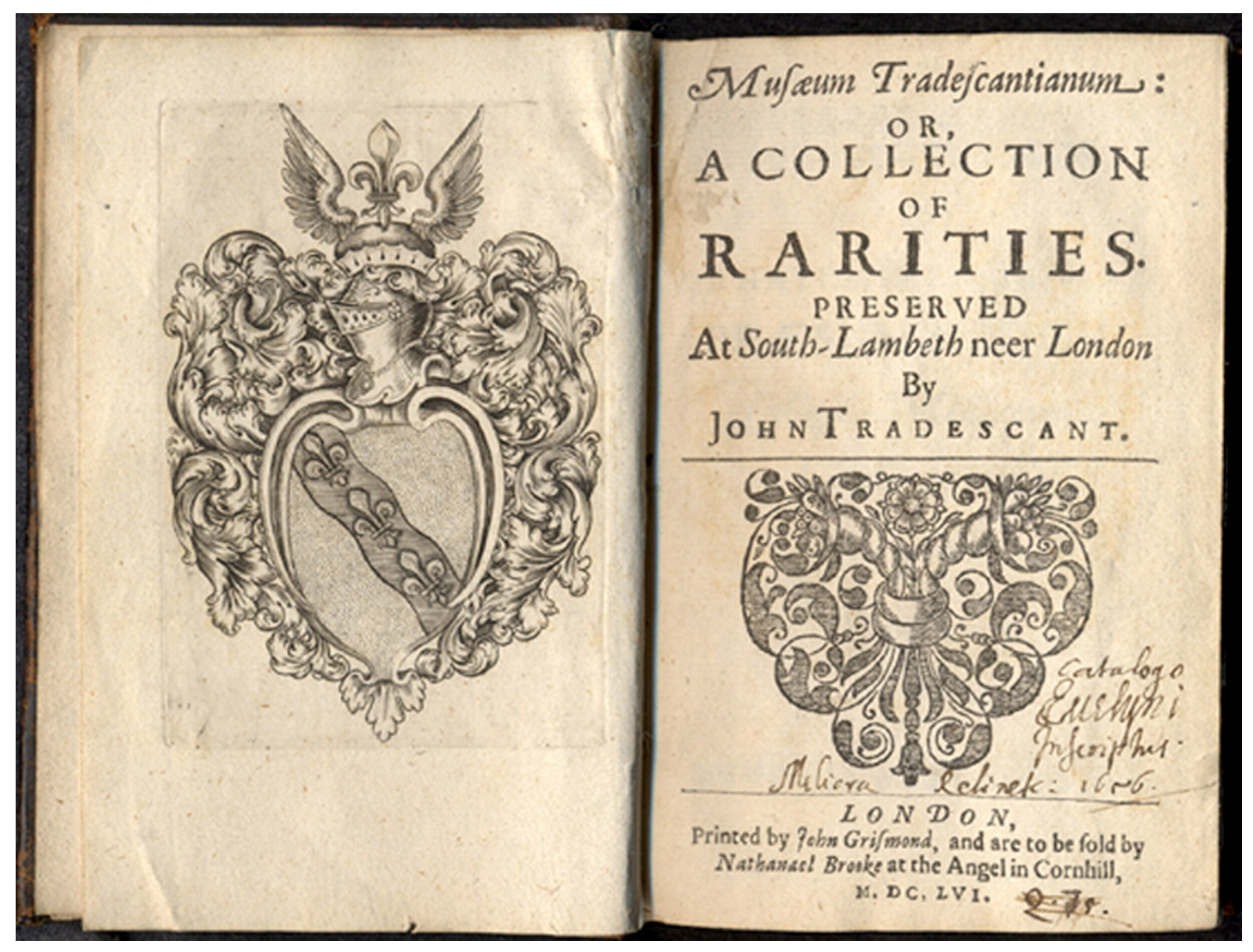Tradescant’s Pomegranate
The Garden Museum, London.
2021
Design competition
STAGES:
Design Proposal. Completed
Design Team
Seeds Design.
Nikjoo Architecture.
Stage One Creative Services.
Constant Structural Engineering.
BB Landscape.
Tradescant’s Pomegranate proposes an intriguing and delightful pavilion as part of the transformation of the Garden Museum’s urban environment. The proposal draws inspiration from the Tradescant’s lives and exploits, and the history of the Garden Museum and garden follies. Taking the form of a pomegranate, the pavilion celebrates the Tradescant’s pivotal role in horticulture and the Garden Museum.
At ground level the reclaimed stone structure will house the functions required for the maintenance of the gardens. Large transparent openings in the facade are included to allow the public to see in and understand the processes involved with horticultural maintenance.
At roof level sits the pomegranate, a fruit introduced to England by John Tradescant. Its lively and spirited sculptural form references the ingenuity of the Tradescant’s collection of curiosities, as well as that of the founding of the Garden Museum.
Atop, the pomegranates calyx will collect water and provide a natural water source for the gardens. Its external materiality contrasts with the stone base, weathering to gain a delicate patination. Sited comfortably within the revitalised St. Mary’s Gardens, the pavilion will create a unique beacon and entrance to the Garden Museum.






John Tradescant the Elder 1570s – 1638 was an English naturalist, gardener, collector and traveller. He began his career as head gardener to Robert Cecil, 1st Earl of Salisbury at Hatfield House, who initiated Tradescant in travelling by sending him to the Low Countries for fruit trees in 1610/11. He was kept on by Robert's son William, to produce gardens at the family's London house, Salisbury House. He then designed gardens on the site of St Augustine's Abbey for Edward Lord Wotton in 1615––23.
Later, Tradescant was gardener to the royal favourite George Villiers, 1st Duke of Buckingham, remodelling his gardens at New Hall, Essex and at Burley-on-the-Hill. John Tradescant travelled to the Nikolo-Korelsky Monastery in Arctic Russia in 1618 (his own account of the expedition survives in his collection), to the Levant and to Algiers during an expedition against the Barbary pirates in 1620, returned to the Low Countries on Buckingham's behalf in 1624, and finally went to Paris and (as an engineer for the ill-fated siege of La Rochelle) the Île de Ré with Buckingham. After Buckingham's assassination in 1628, he was then engaged in 1630 by King Charles I to be Keeper of his Majesty's Gardens, Vines, and Silkworms at his queen's minor palace, Oatlands Palace in Surrey.

